
Madonna NFT
One of the most iconic and legendary pop stars in history has made headlines once again – this time for her involvement in the world
Non-fungible tokens have emerged as a blazing trend in the digital world, capturing the attention of many individuals. They are unique and indivisible digital assets representing anything from art and music to sports and gaming. Unlike traditional digital files that can be copied and shared, This digital asset is authentic and can only be possessed by the owner because they are verified by blockchain technology.
Despite existing for a considerable amount of time, it wasn’t until 2020 that NFTs gained significant traction. They have continued to surge in popularity ever since, especially within the realm of digital art. The emergence of NFTs has sparked immense enthusiasm, yet it has also faced backlash for its inherent volatility, speculative nature, and susceptibility to fraudulent activities. This article aims to provide you with essential insights into the world of NFTs.
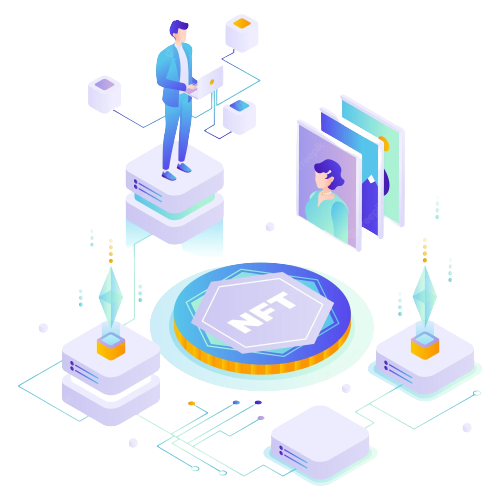

This article will explore NFTs, detailing their use cases and why they have become so popular. We will also look at how you can find, create, buy, and sell them. We will also discuss the current state and prospects of NFTs in New Zealand and some challenges and opportunities they present.
NFTs have been making headlines worldwide with some astonishing sales and creations. A good example is the digital collage created by the artist Beeple, which sold for $69 million at Christie’s auction house. This has been recorded as number three on this list of the most expensive works a living artist does.
This website is a one-stop shop for your needs. Whether you are an artist who wants to create one or a collector who wants to discover new ones, this website has the information you need to get started.
Non-Fungible Tokens (NFT) are gaining recognition and popularity in New Zealand; however, there are still challenges and opportunities faced in New Zealand. One of the challenges is the need for clear regulations and tax laws on these assets. This lack of clarity can make it difficult for creators and collectors to know how to comply with the law.
Despite these challenges, they have presented new opportunities for artists and collectors in New Zealand. Local artists have started to embrace them as a new way to monetize their artwork. This trend is likely to continue as they become more mainstream.
Some examples of New Zealanders who are involved with Non-Fungible Tokens include:
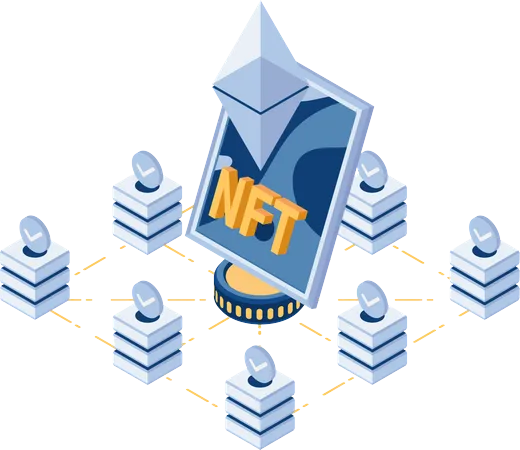
These NFT tokens can potentially transform various industries and sectors in New Zealand. All factions of the entertainment industry, including music, gaming, and social media, constantly explore the possible future by creating unique and authentic digital assets.
Some trends and innovations that are shaping the future of NFTs in New Zealand include:

You probably want to join in the craze and wonder how to get these digital assets without learning how to buy NFTs. To get started, join a platform that supports their use and creation. From there, you will follow the steps.
To create a successful NFT, it is important to consider factors such as the quality and uniqueness of your digital asset and the demand and value of similar NFTs in the market. Promoting your NFT to potential buyers and a wider audience through social media and other platforms is also important.
Buying and selling NFTs can also be a lucrative and exciting experience, but it is important to do so safely and responsibly. It is also essential to be aware of scams and fraudulent activity and to only use trusted and reputable platforms for buying and selling.
As they continue to gain popularity and recognition, it is crucial to prepare for the future of this technology. It is predicted that these digital assets will continue to transform various industries and sectors, and those who can adapt and leverage them will be at an advantage.
In our partner network, we have developed websites about NFT in other languages. You can visit the Finnish and Swedish versions of nftguide.nz via the following links:
Sweden: nonfungibletoken.nu – Finland: nft-uutiset.fi
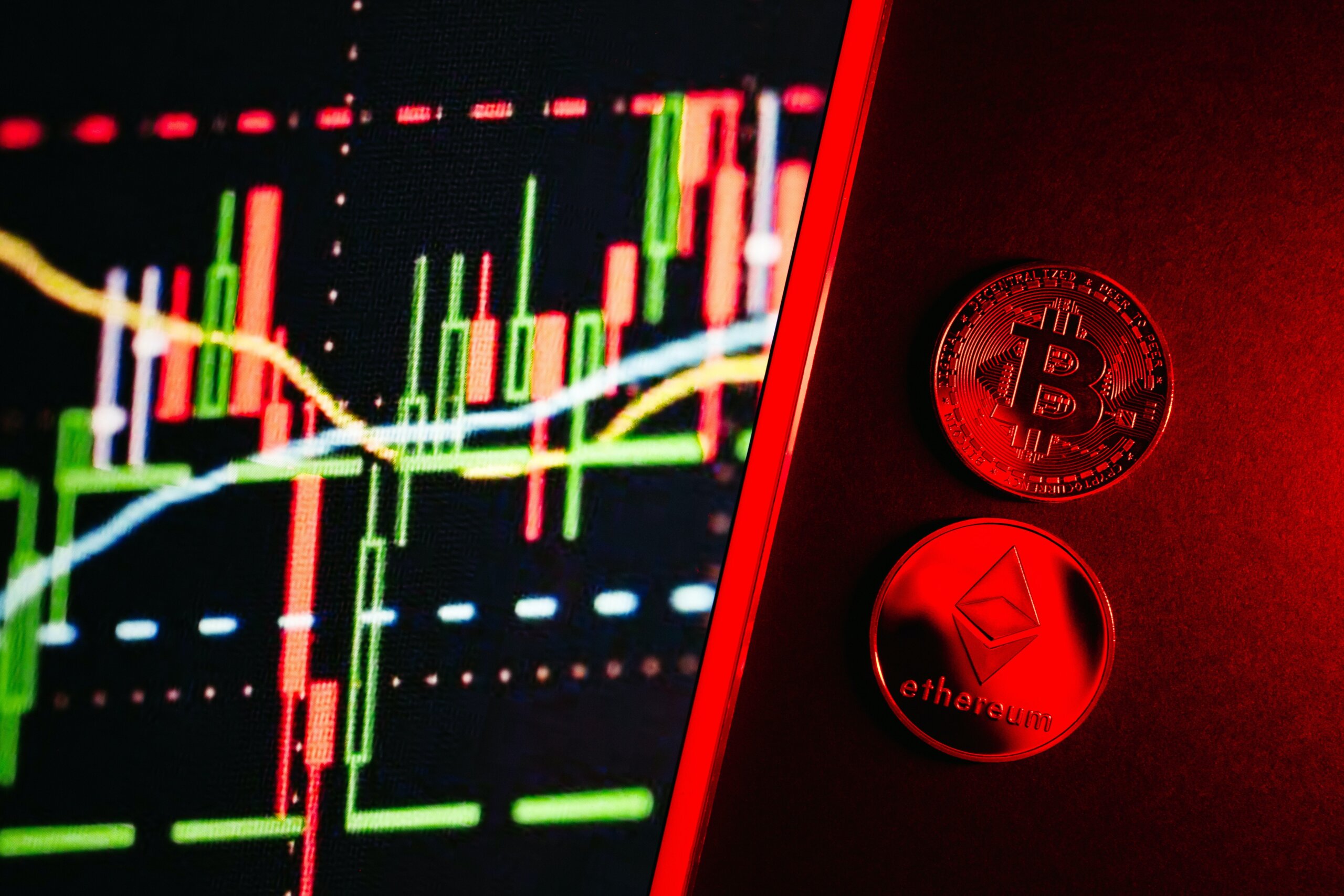
NFT is an abbreviation for “non-fungible token,” where “non-fungible” denotes the uniqueness and irreplaceability of an item. In contrast, physical money and cryptocurrencies are considered fungible since they can be exchanged interchangeably. Each NFT possesses a distinct digital signature, rendering it one-of-a-kind. NFTs encompass a wide range of digital assets, including photographs, videos, audio files, and various other digital formats. Notable examples of NFTs include artworks, comic books, sports collectibles, trading cards, games, and much more.
While NFTs and cryptocurrencies like Bitcoin or Ethereum share a similar underlying programming foundation, their differences become evident beyond that point. Cryptocurrencies and physical money are considered “fungible” because they can be readily traded or interchanged. They possess equal value, meaning one dollar is always equivalent to another dollar, and one Bitcoin is always equal to another Bitcoin. The fungibility of cryptocurrencies establishes them as reliable mediums for transactions on the blockchain. In contrast, NFTs exhibit uniqueness. Each NFT possesses a distinct digital signature, which prevents them from being exchanged or equated with one another (thus, non-fungible). For instance, an NFT artwork by Beeple cannot be considered equal to another NFT artwork by Pak solely because they both belong to the NFT category. Furthermore, it’s worth noting that even within Beeple’s collection, one artwork may not hold the same value as another.
The creation of NFTs involves a process known as minting, where the essential information of the NFT is recorded on a blockchain. To provide an overview, minting follows a series of steps: a new block is created, the NFT information is verified by a validator, and the block is then closed. This minting process often incorporates the utilisation of smart contracts, which facilitate the assignment of ownership and management of NFT transferability. As tokens are minted, they receive a distinctive identifier directly linked to a specific blockchain address. Each token possesses an owner, and the ownership details (such as the address where the minted token resides) are publicly accessible. Even if multiple NFTs (let’s say 5,000) of the same item are minted (similar to general admission tickets for a movie), every token maintains a unique identifier, enabling it to be distinguished from the others.


The advent of blockchain technology and NFTs presents an exceptional opportunity for artists and content creators to monetise their creations in novel ways. Gone are the days when artists solely relied on galleries or auction houses to sell their art. With NFTs, artists can directly sell their works to consumers, enabling them to retain a larger share of the profits. Moreover, artists can incorporate royalties into their NFTs, ensuring they receive a percentage of future sales whenever their digital art changes ownership. This feature is particularly appealing since artists traditionally do not receive ongoing proceeds once their art is initially sold. The potential for earning through NFTs extends beyond traditional art. Notably, brands like Charmin and Taco Bell have leveraged NFT auctions to raise funds for charitable causes.
To buy NFTs, there are several steps involved, considering the risks and volatility associated with the NFT market. Firstly, you need to open an account on a crypto platform or exchange, which serves as your entry point to the NFT market. Various platforms offer different features, fees, and ongoing support, so it’s essential to research and choose one that suits your needs. Next, you’ll need to set up a crypto wallet, which stores the keys granting access to your NFT collections. The wallet can either be hosted on the exchange itself or operate independently. Keeping your unique seed phrase safe is crucial as it provides access to your wallet. If you opt for an independent wallet, you retain responsibility for its security and private keys, while a hosted wallet provided by an exchange acts as an intermediary, safeguarding your assets.
For those seeking to buy and sell NFTs without third-party involvement, a wallet directly tied to the blockchain is necessary. There are two types of wallets available: “hot” wallets, which are software or web-based, and “cold” wallets, which are physical hardware devices disconnected from the internet. While hot wallets are more vulnerable to cyber attacks, cold wallets are considered more secure, but carry the risk of loss if the seed phrase is misplaced. It is ideal to select a crypto wallet that is compatible with the Ethereum blockchain, as most NFTs are sold on this network, and the native cryptocurrency is Ether (ETH). Once you have acquired ETH through an exchange, the next step is to transfer it to your chosen wallet. The specifics of this process depend on the exchange, wallet, and NFT marketplace you plan to use for trading. With your wallet connected and funded, you can now start purchasing NFTs. Acquiring an NFT grants ownership of the digital asset, but additional rights, such as adaptation or reproduction, may require a separate agreement between the buyer and creator. It’s important to note that different marketplaces may impose various restrictions on the NFTs you purchase.
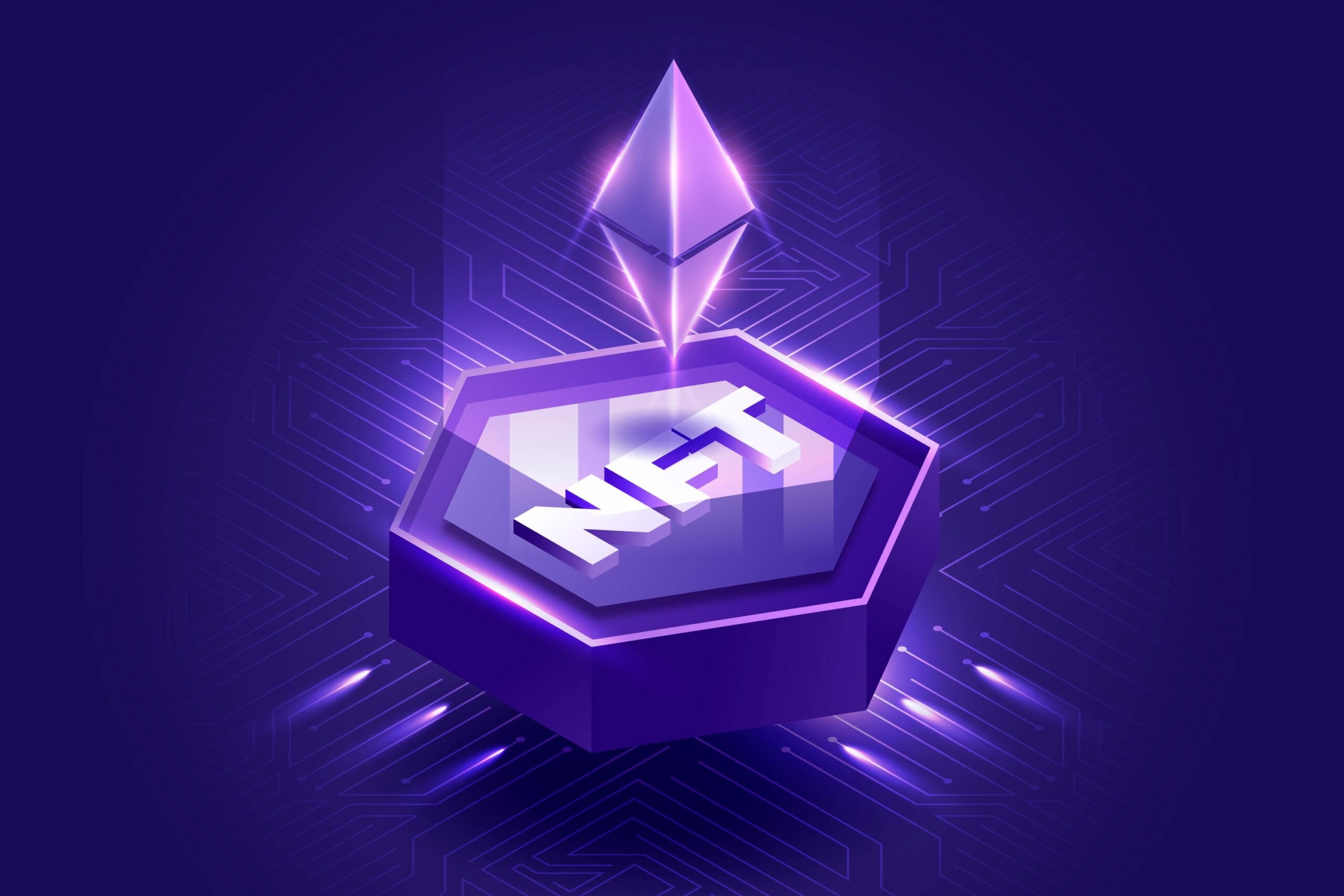
Determining whether you should buy NFTs is a subjective decision. Given their novelty, it may be prudent to start with small investments to test the waters. In essence, investing in NFTs is a personal choice, particularly if a particular piece holds significance for you and you have disposable income to spare. However, it’s crucial to recognise that an NFT’s value is solely based on what someone else is willing to pay for it. Unlike traditional investments influenced by fundamental, technical, or economic factors, NFT prices are primarily driven by demand.
Consequently, there is a possibility that an NFT may be resold for less than its original purchase price, or it may not find a buyer at all if there is no demand. Additionally, it’s important to consider the tax implications associated with NFTs. Similar to selling stocks at a profit, NFT transactions are subject to capital gains taxes. However, since NFTs are classified as collectibles, they may not receive the favourable long-term capital gains rates that stocks do. In fact, they could be subject to higher collectibles tax rates. It’s worth noting that the IRS has not yet issued specific guidelines on how NFTs are classified for tax purposes.
It may be wise to consult a tax professional to understand the tax obligations related to NFTs and any potential tax liabilities arising from the appreciation of the cryptocurrencies used for their purchase. In conclusion, approaching NFTs as an investment requires thorough research, understanding of the associated risks, and awareness that you could potentially lose your investment. If you decide to delve into NFTs, exercising caution is crucial.
NFT marketplaces serve as online platforms where individuals can buy, sell, and trade non-fungible tokens. These marketplaces provide a centralised space for creators, collectors, and investors to engage in NFT transactions. Two popular NFT marketplaces are OpenSea and Rarible, each offering unique features and opportunities.
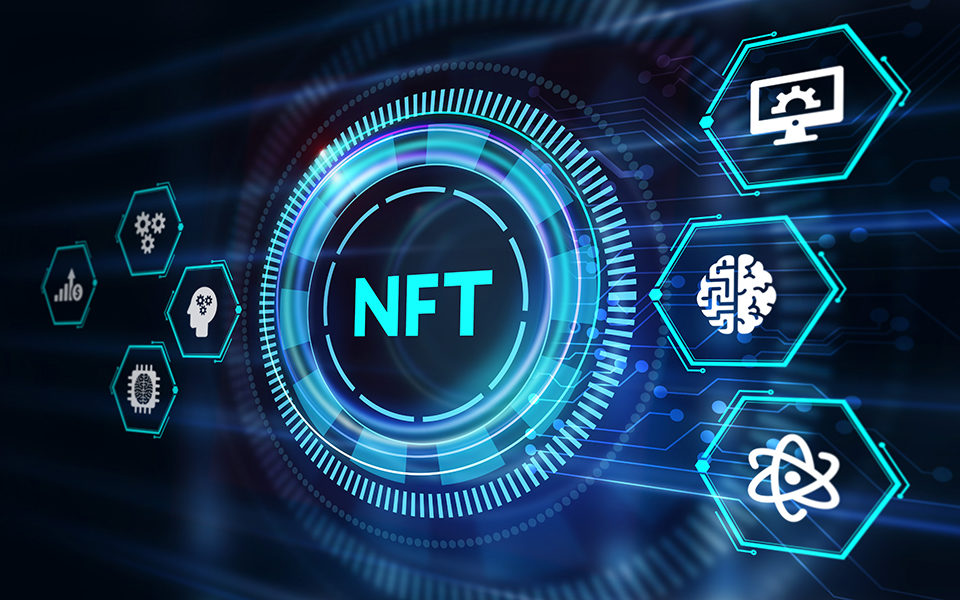
OpenSea is widely recognised as the largest and most prominent NFT marketplace. It boasts a vast array of digital assets, ranging from artwork and collectibles to virtual real estate and domain names. OpenSea operates on the Ethereum blockchain, enabling users to trade NFTs using Ether (ETH), the native cryptocurrency of the Ethereum network. One notable aspect of OpenSea is its decentralised nature, allowing anyone to create and list their NFTs for sale. This feature contributes to the platform’s diverse and extensive collection of digital assets. OpenSea also offers advanced search and filtering options, making it easier for users to discover specific types of NFTs or explore trending items.
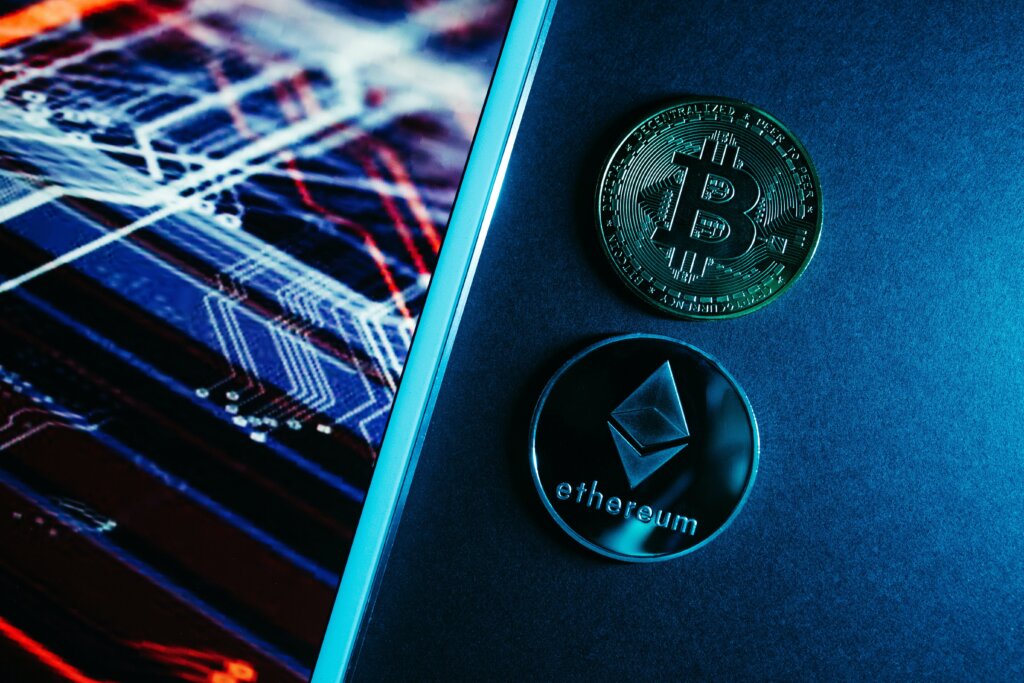
Rarible is another popular exchange and largest NFT marketplaces that emphasises the empowerment of artists and creators. It provides a user-friendly platform for minting, buying, and selling NFTs. Rarible distinguishes itself by placing a strong emphasis on community governance and user involvement in platform development. Token holders have voting rights and can participate in shaping the marketplace’s policies and future directions. One notable feature of Rarible is the ability for creators to earn royalties from secondary sales of their NFTs. This means that artists can continue to receive a percentage of the profits whenever their artwork is resold, providing a potential ongoing revenue stream. Rarible operates on the Ethereum blockchain and primarily utilises the RARI token for governance and community engagement.
NFT scams are unfortunately not uncommon, and it’s crucial to be aware of the different types of scams and take necessary precautions. Some common NFT scams to watch out for include phishing scams, catfishing, counterfeit NFTs, pump-and-dump schemes, and free mint scams. Phishing scams involve deceptive links and pop-ups on social media platforms that promote new NFT projects and drops. These scams aim to trick users into providing their personal information or sensitive data. Catfishing scams involve fake marketplace websites, social media accounts, and celebrity impersonators that advertise NFT drops and collections. Scammers create a false sense of trust and legitimacy to deceive potential buyers.
Counterfeit NFTs scams occur when scammers sell someone else’s work as their own original creation. They exploit the lack of verification mechanisms to misrepresent the authenticity of the NFTs. Pump-and-dump schemes involve scammers artificially inflating the price of an NFT by generating hype around it. Once the price has increased, they quickly sell their holdings, leaving other investors with worthless assets. Free mint scams lure victims into participating in a deceptive minting process. Instead of receiving a new minted NFT, the victim unknowingly signs away control of their wallet or loses their assets.
To protect yourself from NFT scams, it is important to follow certain practices:
By being vigilant and well-informed, you can reduce the chances of falling victim to NFT scams.
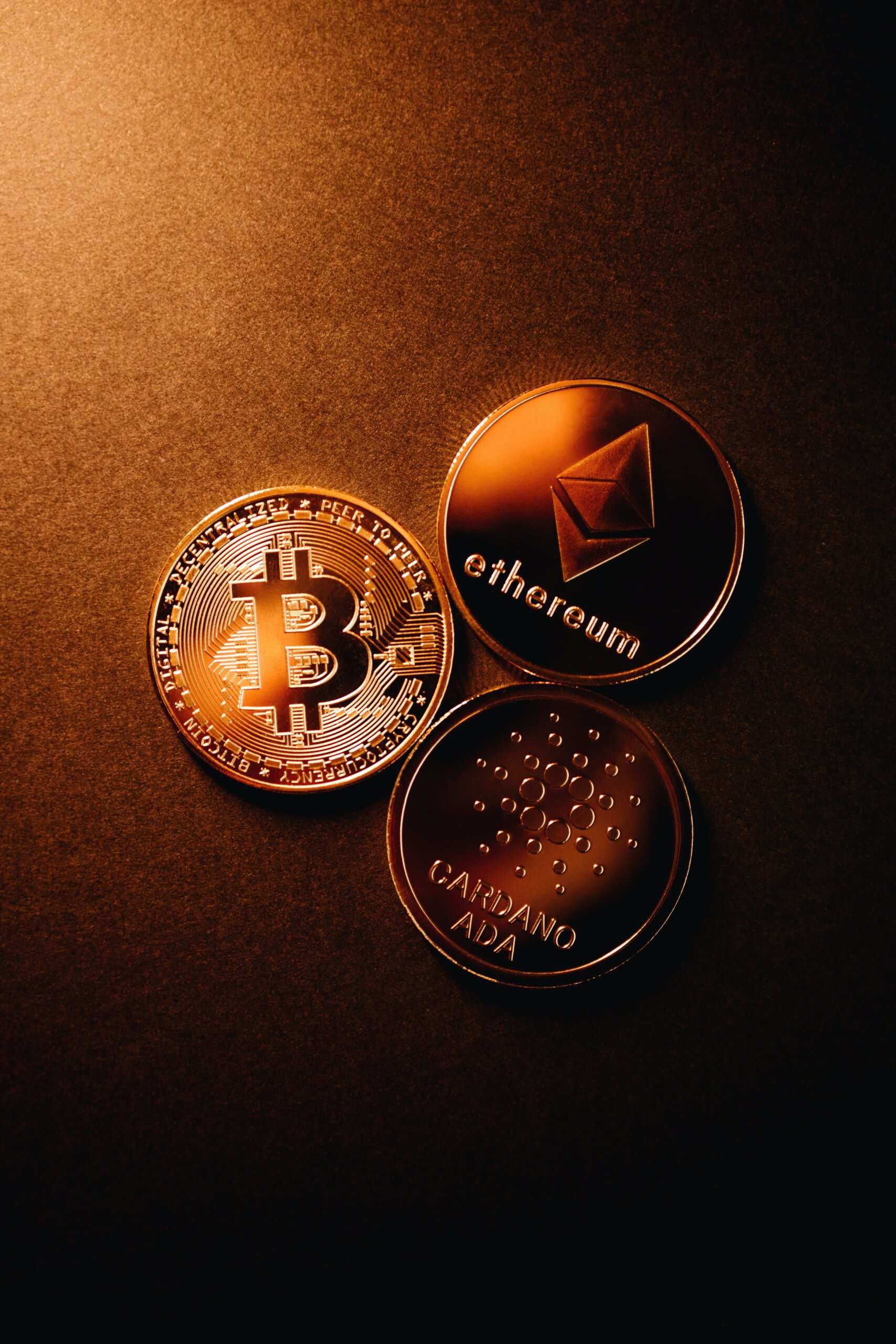

One of the most iconic and legendary pop stars in history has made headlines once again – this time for her involvement in the world
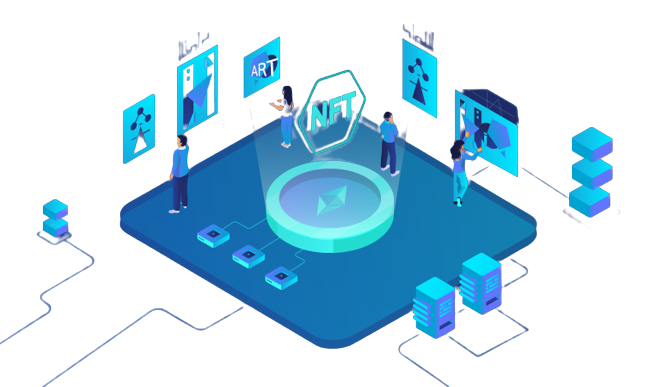
Drop Bear NFTs offer a quite unique and exciting way to collect, trade, and showcase artwork from some of the currently most renowned digital artists
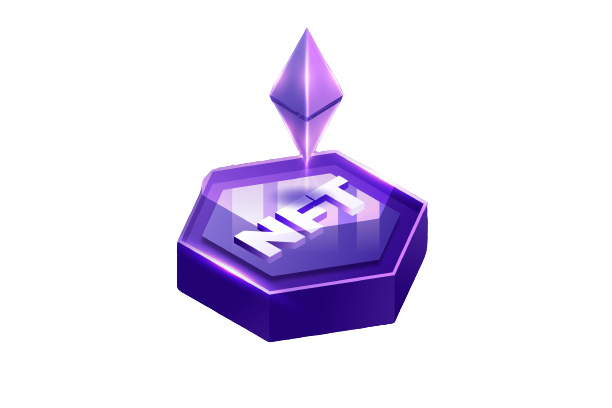
Trillionaire Thugs is a collection of 7,777 Non-Fungible Tokens (NFTs), each representing a Thug as a digitized 3D piece of art. Boasting more than 350

NFTs have become a popular investment option in recent times, with the potential to offer high returns on investment. If you’re interested in buying NFTs
They hold the potential to represent a wide array of digital assets ranging from digital paintings, music compositions, and videos to social media posts.
The assets are minted on a blockchain. The unique characteristics of each one is recorded on the blockchain. They can be bought, sold, and traded on an NFT marketplace.
The energy consumption of these digital assets has been a topic of concern recently. Some argue that their carbon footprint is too high, given the significant energy requirements of blockchain technology. However, there are efforts underway to mitigate these concerns.
This is uncertain, but they are becoming an increasingly popular way for creators to monetize their digital assets. As more people become interested, the market for these unique assets is likely to grow.
NFT stands for “non-fungible token.”
An example of an NFT could be a digital artwork, such as a digital painting, a GIF, or a video clip. These digital creations can be tokenised and sold as NFTs, with each NFT representing a unique and indivisible piece of that artwork. Other examples of NFTs include virtual real estate, virtual fashion items, collectible trading cards, and even virtual experiences like virtual concert tickets.
While NFTs utilise blockchain technology like cryptocurrencies, they are not the same as traditional cryptocurrencies. NFTs are distinct digital assets that represent ownership or proof of authenticity for a specific item, whether it’s digital artwork, virtual real estate, or other unique digital items. In contrast, cryptocurrencies like Bitcoin and Ethereum are fungible digital currencies that can be used as a medium of exchange or store of value. NFTs and cryptocurrencies operate on different principles and serve different purposes within the blockchain ecosystem.
NFTs are used for various purposes, including digital art, collectibles, virtual real estate, licensing and intellectual property management, fan engagement and experiences, fundraising, and charity. Artists can tokenise their digital artworks as NFTs, allowing them to sell directly to collectors and establish ownership and scarcity. NFTs also enable the creation and trading of digital collectibles, virtual properties within virtual worlds, and unique fan experiences. They provide a means for content creators to manage licensing and intellectual property rights. Additionally, NFTs have been utilised for fundraising and charitable initiatives. As the technology continues to evolve, new use cases for NFTs are being explored and developed.